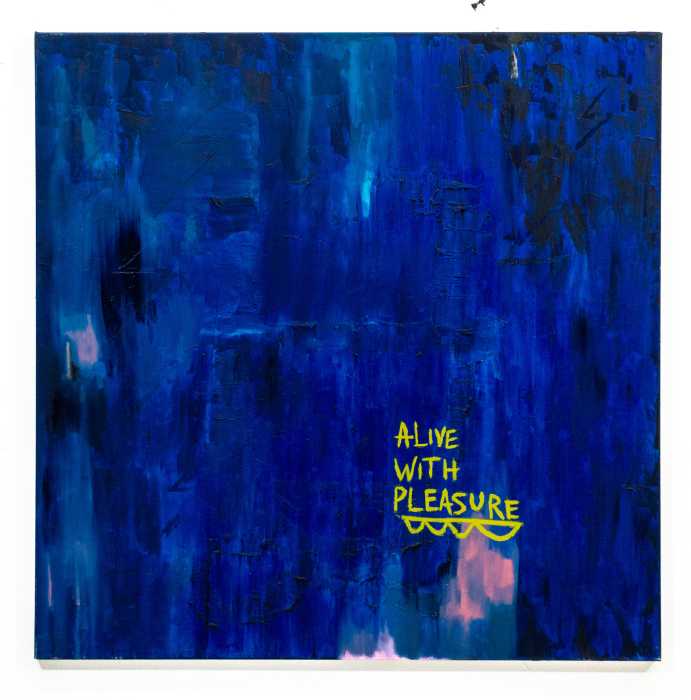By Jerry Tallmer
Curiouser and curiouser, said Alice, as she ploughed her way through last week’s full-page New York Times hot scoop on the eight-year-old “romantic” errancies — alleged errancies — of front-running G.O.P. presidential candidate John McCain.
Well, it wasn’t Alice, it was yours truly, and the deeper yours truly red into the weird New York Times blockbuster, the more he — I — found myself thinking of the late Paul Sann, an executive editor who could sharpen your lede until it stung.
Sann was The Man through all my years on Dorothy Schiff’s New York Post, but I’d better say here at the top that The New York Times has been my journalistic Bible ever since boyhood in a household where you were not permitted to soil your fingers or your mind on such morning trash heaps as Hearst’s Daily Mirror or Joe Patterson’s Daily News.
The full-page McCain story was in fact a jump to A19 from the top left two columns (the second lead story) of Page 1, where it bore the tortured, ambiguous, safe-playing, innuendo-ridden headline: “For McCain, Self-Confidence on Ethics Poses Its Own Risk.”
The ambiguity then continued as the story backed into itself via a six-line lead paragraph recalling the “waves of anxiety” that had swept through Senator McCain’s “small circle of advisers” during his first run for the presidency those eight years ago.
Then — whammo.
“A female lobbyist” — so starts Paragraph 2 and so enters into the language a pejorative that will live on in the tabloids for ages to come. Female lobbyist!! Page Six, where are you when we need you?
Before we’re out of the 16 lines of Paragraph 2, concern that the “relationship had become romantic” would cause some of McCain’s then “top advisers” to “try to protect the candidate from himself” by barring the ubiquitous lobbyist Vicki Iseman, 30 years the senator’s junior (the Times made sure we got that), from the scene. Or so the Times had lately been told by “several people involved in the [2008] campaign” speaking “on the condition of anonymity.”
One paragraph later, here they are again, those “former campaign associates” — still nameless, worrying about the looks of things.
The story now gives its anonymous informants a rest — they will reappear toward the very end — while it explores at great length and in meticulously circuitous, euphemistic, omniscient, out-of-body language the life and checkered times of Senator John McCain.
The story bears four bylines and someone along the way took pains to get this in:
“Mr. McCain started his career like many other aspiring politicians, eagerly courting the wealthy and powerful. A Vietnam War hero and Senate liaison for the Navy, he arrived in Arizona in 1980, after his second marriage to Cindy Hensley, the heiress to a beer fortune there. …”
Forget Page Six. The proper place for stuff like that is supermarket junk sheets.
Bill Keller, the executive editor of The New York Times, is only mentioned three lines from the end of the whole thing — as recipient of an e-mail from McCain’s headquarters that states:
“It is a shame that The New York Times has lowered its standards to engage in a hit-and-run smear campaign.”
Precisely. Couldn’t have put it better myself.
What’s most curious about this whole affair is its timing — just a few weeks after The New York Times Editorial Page endorsed John McCain (and Hillary Clinton) in the primaries. Maybe Bill Keller could demystify that?
So I come back to another executive editor, Paul Sann, the booted Jewish cowboy from the Bronx; he had his faults, as who does not? He blew the My Lai story out of distrust for the source. I have one good friend, Sidney Zion, who thinks that Sann was a bum, and another friend, Pete Hamill, who reveres Sann to this day.
I can tell you one thing — what Paul Sann would have done with this John McCain story as written.
He’d have said: “Spike it.”






































